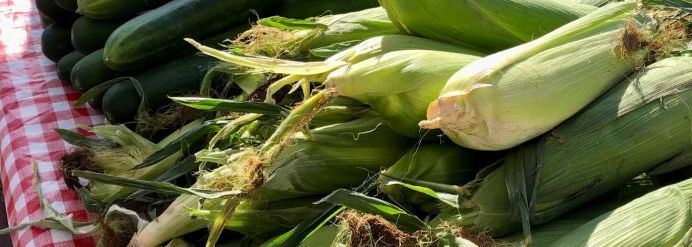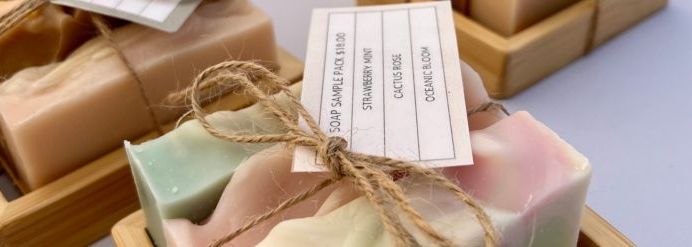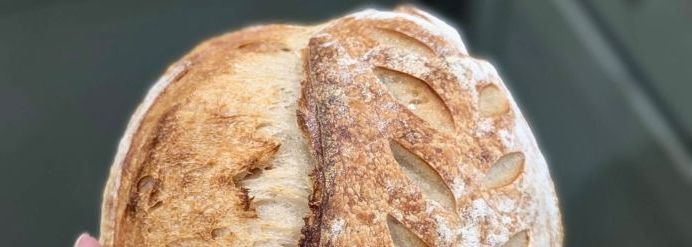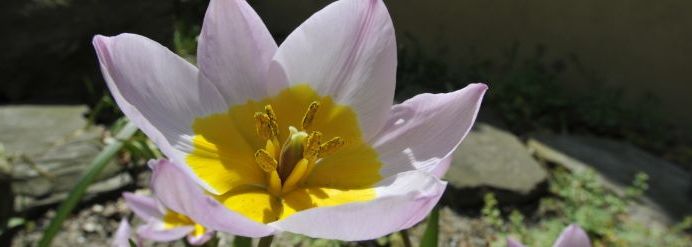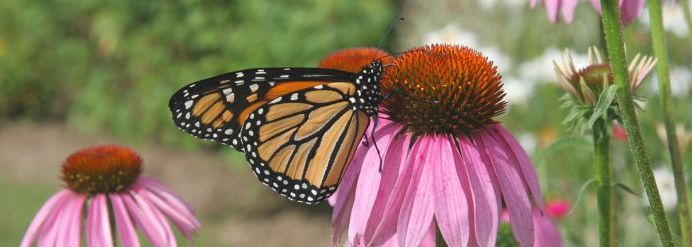Corn is a staple in many farms, including those near Gretna, Nebraska. Sweet corn is one of the best sides to add to summer meals and cookouts. Now, even the most diligent gardeners and farmers can encounter issues growing the corn we love. If your corn isn't thriving as expected, this guide will help you get your corn back on track!
Yellowing leaves
Yellowing leaves on corn plants are often a sign of nutrient deficiencies, particularly nitrogen. Corn is a heavy feeder and requires a steady supply of nutrients for optimal growth.
Solution: To address this issue, conduct a soil test to determine nutrient levels and amend the soil as needed. Applying a balanced fertilizer or nitrogen-rich compost can help correct the deficiency. Ensure your corn is receiving adequate water, as drought stress can exacerbate nutrient deficiencies.
Stunted growth
If your corn plants are not reaching their full height, several factors could be at play. Poor soil fertility, inadequate water and competition from weeds can all contribute to stunted growth.
Solution: Begin by ensuring your soil is rich in organic matter and nutrients. Mulch around the base of the plants to retain moisture and suppress weeds. Regularly water your corn, especially during dry spells, to maintain consistent soil moisture. Corn needs about an inch of water per week, so deep watering is essential.
Poor pollination
Corn relies on wind pollination, and poor pollination can result in uneven kernel development or "blanks" on the ears.
Solution: Planting corn in blocks rather than rows can improve pollination by allowing the pollen to more effectively reach the silks. Gently shaking the tassels during peak pollination can help disperse pollen. Ensure your corn plants are not too crowded, as adequate spacing promotes better air circulation and pollen distribution.
Corn earworms
Corn earworms are a common pest that can damage corn ears by feeding on the kernels.
Solution: To control corn earworms, monitor your plants regularly for signs of damage. Applying a biological insecticide like Bacillus thuringiensis (Bt) can help control the larvae. Alternatively, you can use mineral oil on the tips of the ears after silks have emerged to deter earworms. Crop rotation and planting resistant corn varieties can also help reduce pest pressure.
Fungal diseases
Fungal diseases such as common rust, smut and leaf blight can affect corn plants, leading to discolored leaves, deformed ears and reduced yields.
Solution: To manage fungal diseases, practice good garden hygiene by removing and destroying infected plant material. Avoid overhead watering, as moisture on the leaves can promote fungal growth. Applying a fungicide labeled for use on corn can help control the spread of the disease. Crop rotation and planting disease-resistant varieties are also effective preventive measures.
Tip burn
Tip burn, characterized by the browning and drying of leaf tips, is often caused by calcium deficiency or inconsistent watering.
Solution: Ensure your soil has adequate calcium levels by incorporating lime or gypsum if needed. Consistent watering practices can also help prevent tip burn by maintaining even soil moisture levels. Mulching around the base of the plants can help retain soil moisture and reduce temperature fluctuations.
Shop local corn in Gretna, Nebraska
These tips are sure to help you enjoy sweet, delicious corn straight from your garden! Remember to provide adequate nutrients, water and spacing, and monitor your plants regularly for pests and diseases. We hope to see you at the Gretna Farmers Market on Saturdays from 8 a.m. to noon on McKenna Ave in downtown Gretna, Nebraska! We’ll have plenty of sweet corn to go around! Here are some directions if you need them.




